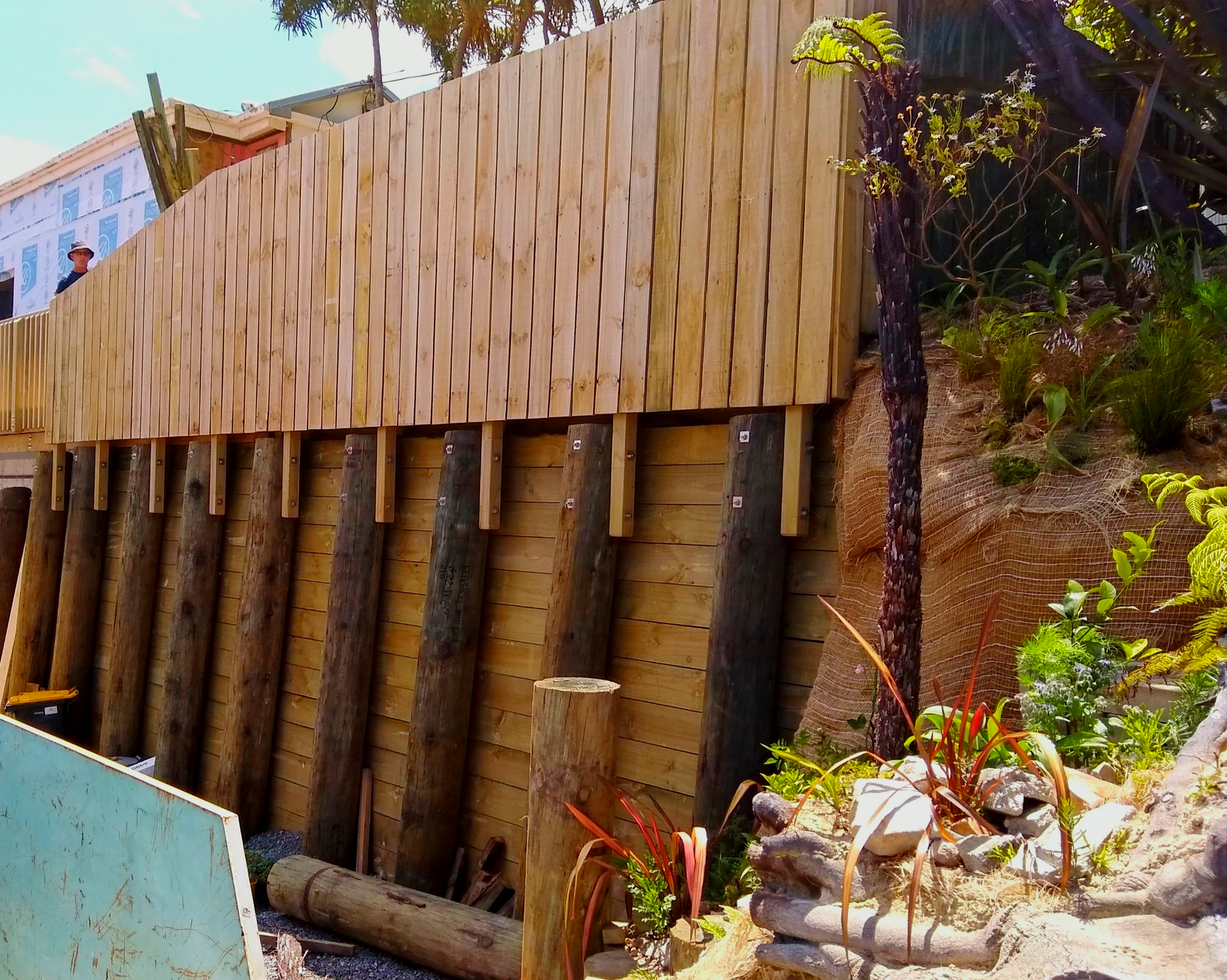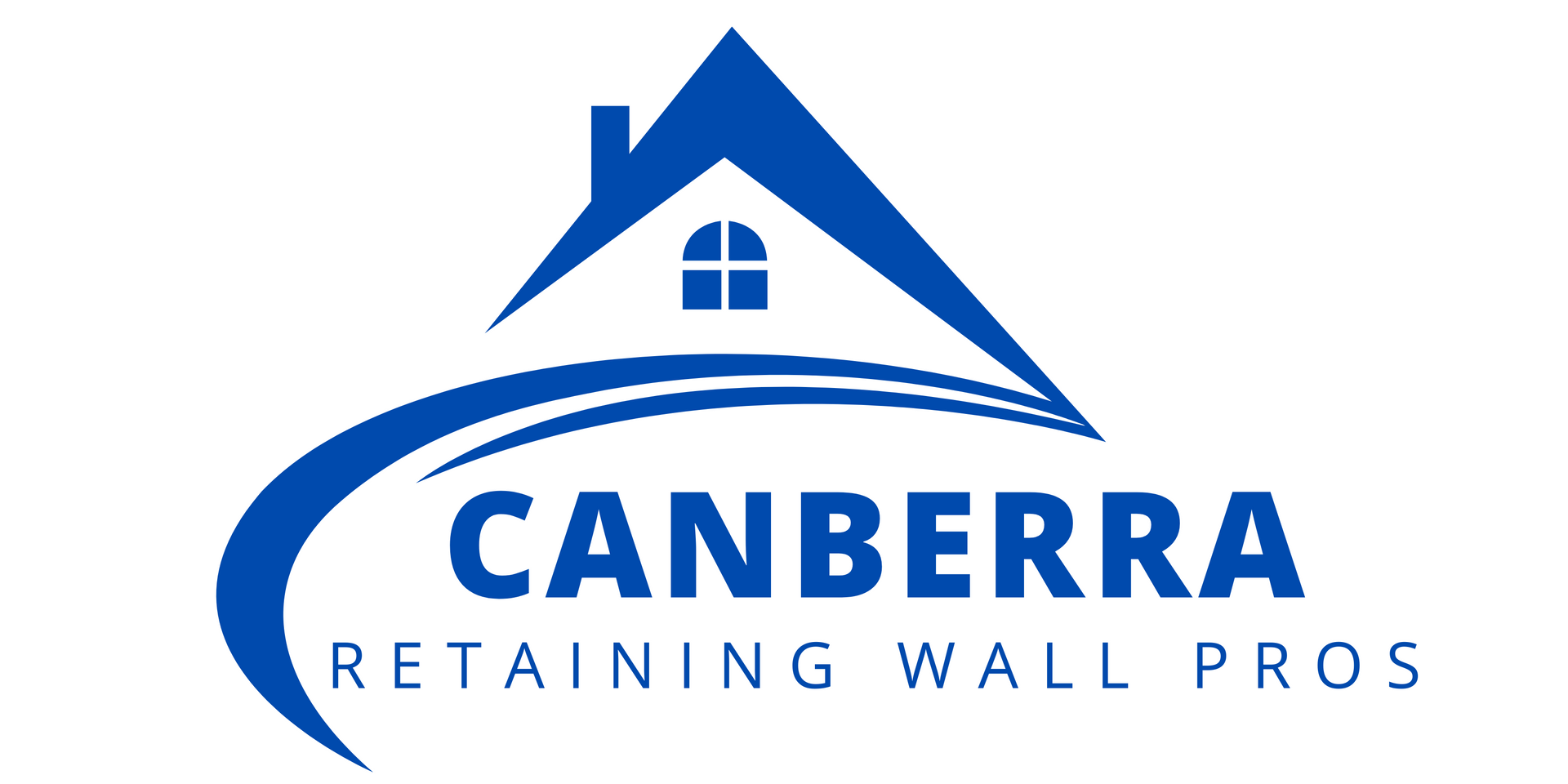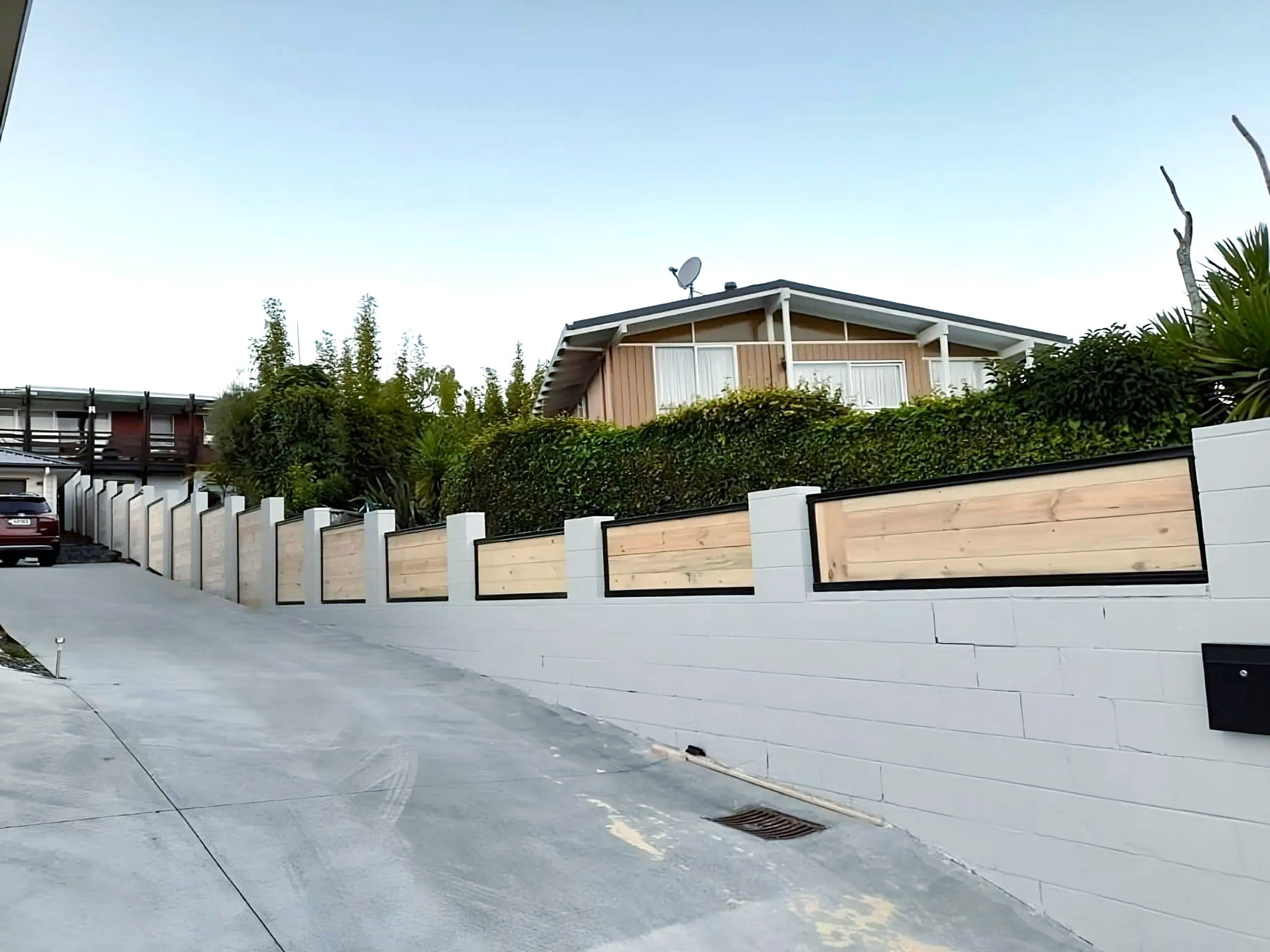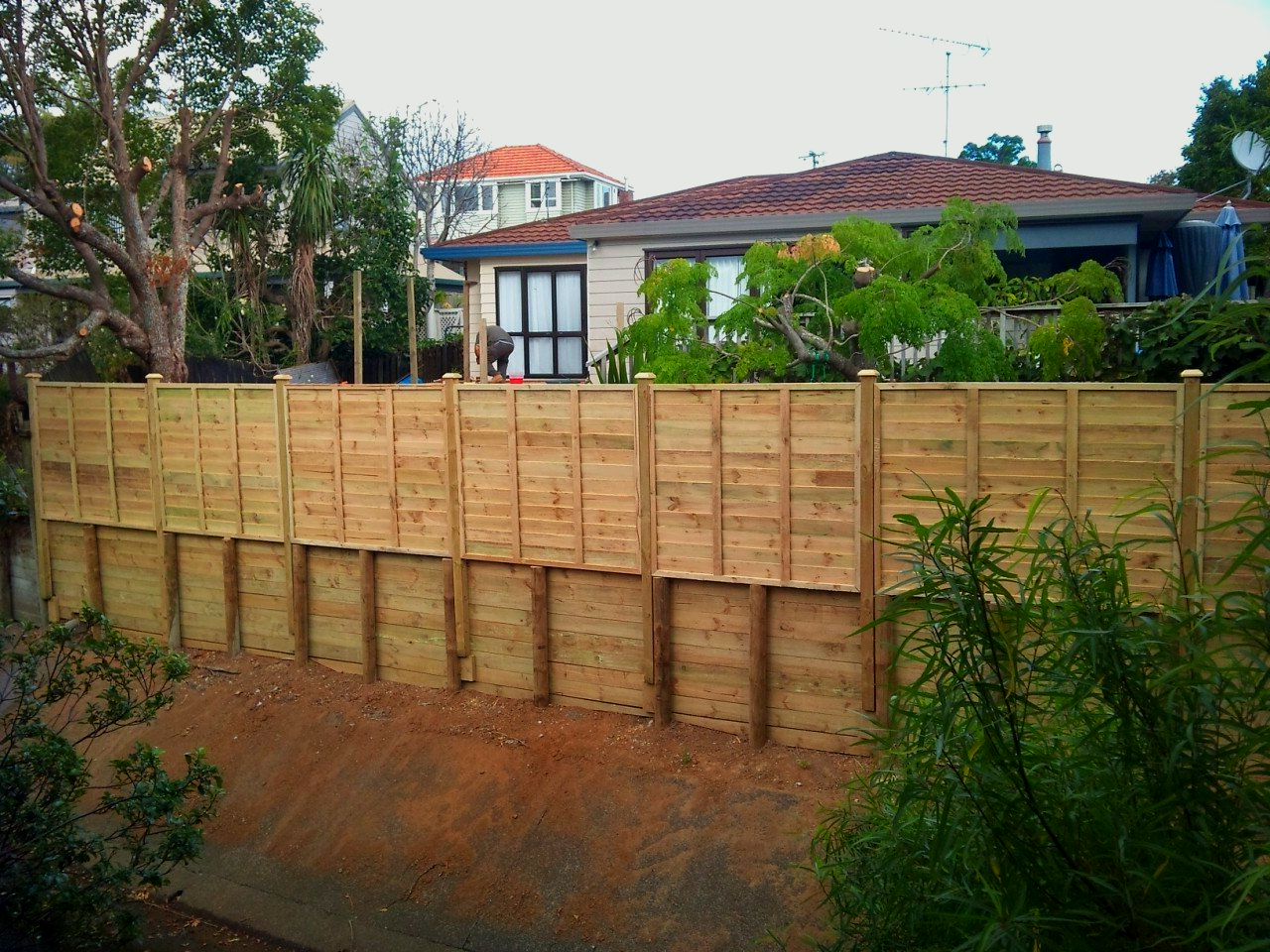Can a Retaining Wall be a Boundary Fence in ACT? Legal Guidelines for Canberra Property Owners
Property boundaries and retaining walls are common topics of discussion among Canberra homeowners. Many residents face challenges with sloped blocks and need effective solutions for both soil retention and property division.
A retaining wall can serve as a boundary fence in the ACT, provided it meets specific height requirements and building regulations set by the ACT Planning and Land Authority (ACTPLA). The structure must comply with both retaining wall standards and fencing guidelines to function legally as a dual-purpose barrier.
We at Canberra Retaining Wall Pros regularly assist property owners in navigating these requirements. Our expertise helps ensure your retaining wall meets all necessary specifications while maximising your land use potential.
Key Takeaways
- Retaining walls can legally function as boundary fences when meeting ACT regulations
- Professional assessment and proper permits are essential for dual-purpose structures
- Height restrictions and safety standards apply to combined retaining wall-fence systems

Understanding Retaining Walls and Boundary Fences in ACT
Property boundaries and retaining structures in the ACT must comply with specific regulations and serve distinct purposes in residential and commercial settings.
Legal Definitions for Retaining Walls
A retaining wall in the ACT is defined as a structure designed to hold back soil or other materials, creating different ground levels between properties. Under ACT planning laws, retaining walls exceeding 1.2 metres in height require development approval. At Canberra Retaining Wall Pros, we build retaining walls that meet the strict ACT building codes and Australian Standards AS 4678-2002.
Common materials for compliant retaining walls include concrete blocks, treated timber, and reinforced concrete. Each material must meet specific engineering requirements based on soil conditions and height.
Boundary Fences Regulations in ACT
The Common Boundaries Act 1981 governs fence regulations in the ACT. Standard boundary fences must not exceed 1.8 metres in height without approval. Property owners must share fence costs equally under ACT law. Written notice must be given to neighbours before fence construction begins.
Boundary fences require different permits than retaining walls. A basic fence may not need approval, while complex structures might need development applications.
Key Differences Between Retaining Walls and Boundary Fences
Retaining walls primarily manage soil levels and drainage, while boundary fences mark property lines and provide privacy. The placement rules differ significantly. Retaining walls can be built on the boundary line with proper approvals and neighbour consultation. Boundary fences must follow strict setback requirements.
Engineering requirements separate these structures. Retaining walls need structural calculations and proper drainage systems. Standard boundary fences have simpler construction requirements. Cost-sharing arrangements vary. Retaining walls are typically the responsibility of the property owner who needs the earth retained, while boundary fences are usually shared costs.
Can a Retaining Wall Serve as a Boundary Fence in Canberra?
A retaining wall can function as a boundary fence in the ACT under specific conditions and regulations. The structure must meet both engineering requirements for soil retention and safety standards for boundary fencing.
ACT Compliance and Approval Requirements
Before constructing a retaining wall as a boundary fence, property owners must obtain approval from the ACT Planning and Land Authority (ACTPLA). The wall must comply with AS 4678-2002 (Earth-retaining structures) and the ACT's Development Control Code for Best Practice. The height restrictions for combined retaining wall-fence structures vary by zone. In residential areas, the maximum allowed height is typically 1.8 metres from natural ground level.
A certified engineer must review and approve the design plans. This ensures the structure can safely handle both soil pressure and potential fence loads.
Shared Responsibility and Property Boundaries
The Dividing Fences Act applies when using retaining walls as boundary fences. Both neighbours must agree on the construction and share the costs unless otherwise arranged. Written consent from adjoining property owners is essential before starting construction. We recommend having a formal agreement that outlines maintenance responsibilities and cost-sharing arrangements.
Property surveys are mandatory to confirm exact boundary locations. Encroachment issues can lead to costly legal disputes and reconstruction requirements.
Considerations for Design and Construction
The wall must incorporate proper drainage systems to prevent water accumulation. Weep holes and agricultural drainage pipes are standard requirements.
Material selection impacts long-term durability. Common options include:
- Concrete blocks
- Reinforced concrete
- Natural stone
- Treated timber (with limited applications)
Regular inspections and maintenance are crucial. The structure should be checked annually for signs of:
- Cracking or movement
- Drainage blockages
- Fence attachment stability
Professional installation by licensed contractors ensures compliance with safety standards and building codes.
You might also like




